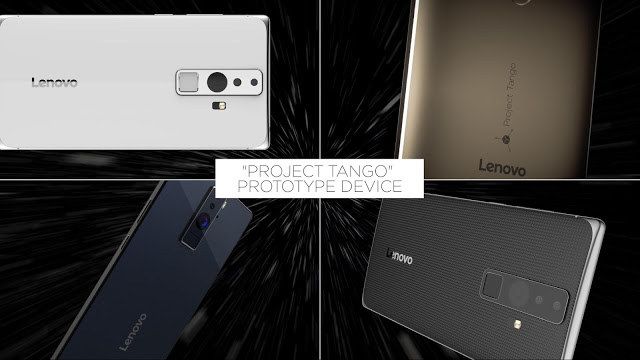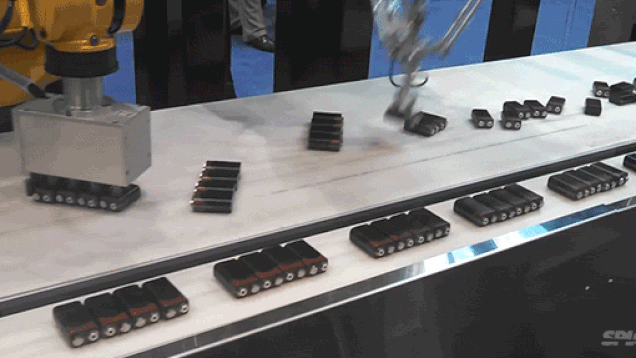Jan 13, 2016
There’s Something Enormous Buried Beneath the East Antarctic Ice Sheet
Posted by Sean Brazell in category: space
Every week, we’re bombarded with images of dazzling terrains on Mars and Pluto, but there are still geologic wonders to be discovered right here on Earth. Case in point: a new study suggests there could be a canyon system more than twice as long as the Grand Canyon buried beneath an ice sheet in Antarctica. If confirmed, the frozen chasm would be the world’s longest by a wide margin.
Faint traces of a ravine system stretching across the remote Princess Elizabeth Land in East Antarctica were first spotted by satellite images. A team of geologists then used radio-echo sounding, wherein radio waves are sent through the ice to map the shape of the rock beneath it. The results of this analysis, published recently in the journal Geology, reveal a chain of winding features over 600 miles long and half a mile deep buried beneath miles of ice.
According to the researchers, the scarred landscape was probably carved out by liquid water long before the ice sheet grew. Satellite images also suggest that the canyon might be connected to a previously undiscovered subglacial lake, one that could cover up to 480 square miles.

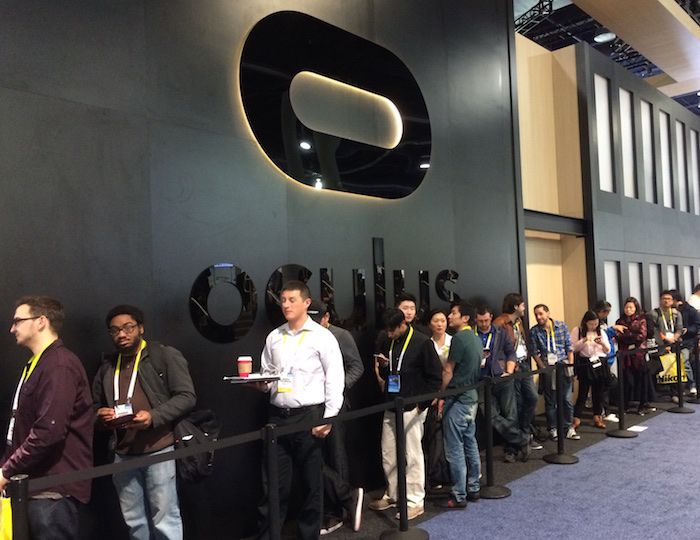
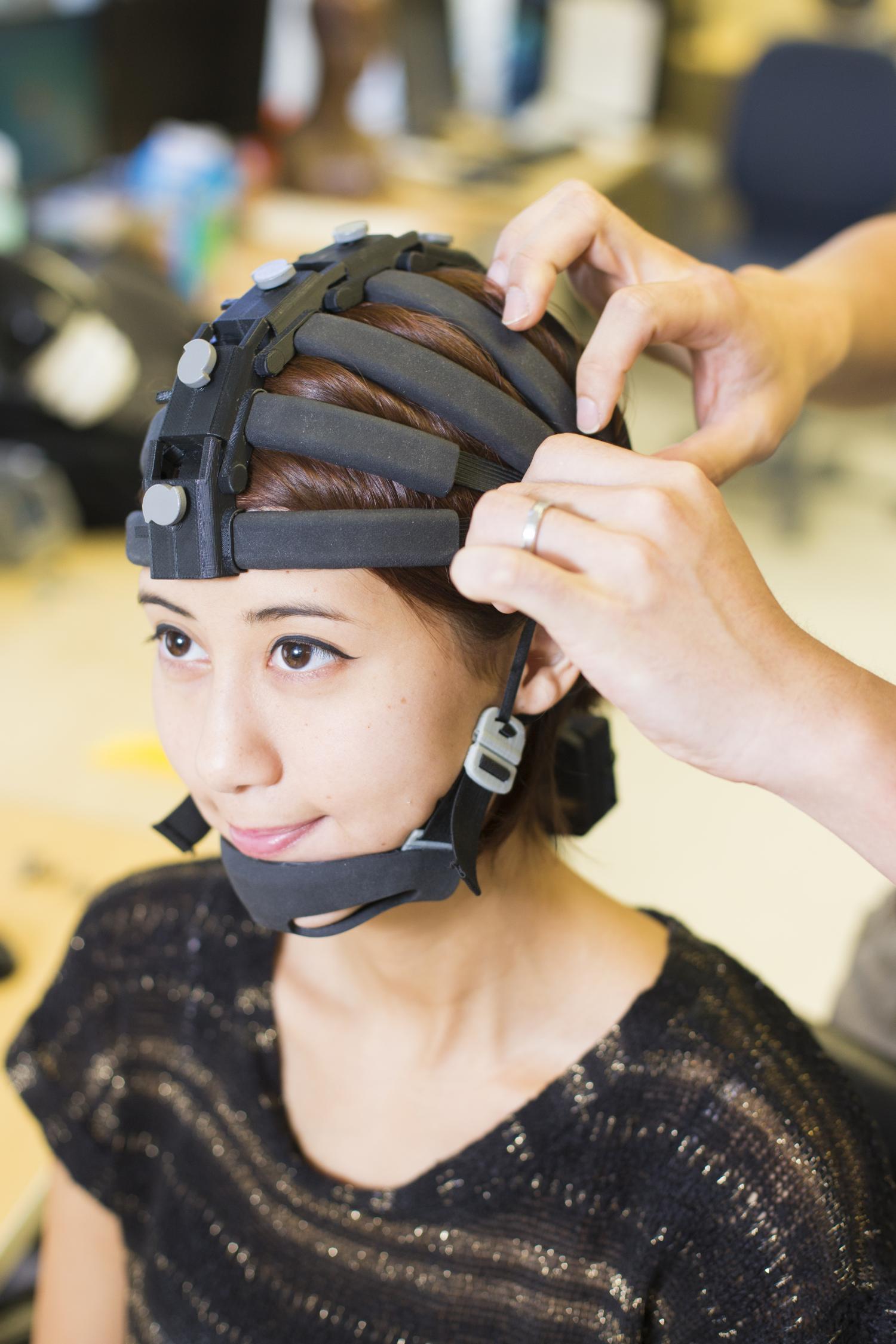

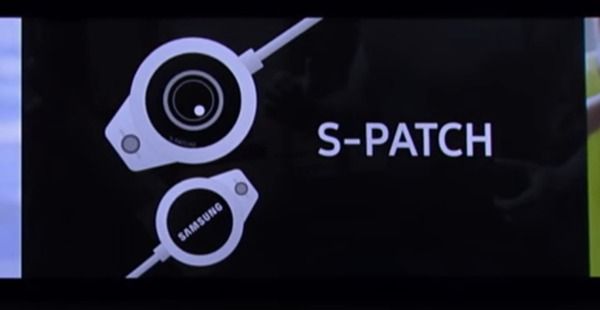 A couple weeks ago Samsung affirmed its ongoing commitment to the digital health space with the release of the Bio-Processor. The Bio-Processor is a single, compact chip that is capable of measuring PPG, ECG, skin temperature, GSR, and body fat. While it’s already in mass production and anticipated to be found in devices soon, Samsung took some time during its CES press event to demonstrate the Bio-Processor’s power in a prototype device called the S-Patch.
A couple weeks ago Samsung affirmed its ongoing commitment to the digital health space with the release of the Bio-Processor. The Bio-Processor is a single, compact chip that is capable of measuring PPG, ECG, skin temperature, GSR, and body fat. While it’s already in mass production and anticipated to be found in devices soon, Samsung took some time during its CES press event to demonstrate the Bio-Processor’s power in a prototype device called the S-Patch.



